To understand the impact of restricting paper-based communications, it is important to understand consumer preferences, global trends, and the impact of the digital divide on some of Australia’s most vulnerable citizens. Read the facts below for some insight.
Australia Has High Costs for Internet Access
Australia ranks last on entry-level fixed-broadband affordability out of the 36 Organisation for Economic Co-operation and Development countries.
Source: AAP, 2022
Limited Internet Access
More than 2.5 million Australians do not use the internet, with 900,000 Australians not having an in-home internet connection.
Source: Australian Communication and Media Authority, 2021
Impacting the Most Vulnerable
The most likely to be digitally excluded are those who are low-income, aged 65+, did not complete secondary school, or live with a disability.
Source: Australian Digital Inclusion Index, 2021
Not Everyone Can Afford Home Internet
14% of Australians would need to pay more than 10% of their household income to secure quality, reliable connectivity, and this number jumps to 67% among the lowest income quintile. For low-income families, this is a significant ask under the current inflationary pressures, with an estimated 50% struggling to pay for internet access.
Source: Australian Digital Inclusion Index, 2021 & Good Things Foundation, 2021
The Digital Divide Deepens
A significant number of disadvantaged people in Australia struggle to have or access the skills, tools or resources needed to digitally engage. Commentators predict that even as the digital divide narrows, for many the ‘divide’ is getting deeper.
Source: Walton, P et. al. (2013)A digital inclusion: Empowering all Australians, Australian Journal of Telecommunications and the Digital Economy
Online Fraud is a Major Issue in Australia
20% of digitally excluded Australians limit their internet use due to the risk of digital scams, with research by the ACCC showing that 96% of the population was exposed to a scam from 2016-2021.
Source: Good Things Foundation & ACCC, 2021
Ulterior Motives
49% of Australian consumers agree that the main reasons companies want to shift to electronic delivery are to save money and not to be environmentally responsible.
Source: Two Sides & Toluna, 2021
Sustainable Communication
All forms of media in our multi-channel world have an environmental impact. When considering the emissions of producing and using digital devices and servers, responsibly sourced paper and print may be the most sustainable way to communicate.
Source: Two Sides, 2023
Digital Exclusion
Digital exclusion is a significant problem in Australia. The ability to navigate and adapt to constant changes in digital technologies is essential before all Australians can confidently replace their reliance on traditional transaction channels.
Source: Digital Government Transformation, Deloitte Access economics, 2015
Consumer’s Want Choice
74% of people believe that consumers should have the right to choose how they receive communications (printed or electronically) from financial organisations and service providers.
Source: Two Sides & Toluna, 2021
Indigenous Australians Are Hardest Hit
First Nations Australians are among the most digitally excluded, 7.9 points below the national average ADII score for digital inclusion.
Source: Australian Digital Inclusion Index, 2020
Low Income Families Suffer
With low-income families unable to view online accounts, debts and missed payments can become a real issue. Australians in the lowest-income quintile were 12 points below the national average in access to the internet, and 18 points below in digital ability.
Source: Australian Digital Inclusion Index, 2020
Is Digital Always More Efficient?
59% of customers in a recent survey who received an invoice via e-mail had to be sent a reminder, while only 29% of customers receiving the invoice via mail required a follow-up message.
Source: Direct Mail vs. E-Billing, KMP AU, 2016
Greenwashing
Greenwashing is rampant, with 57% of businesses analysed by the ACCC in 2022 found to have promoted concerning claims about environmental credentials. Paper products are being significantly impacted by greenwashing behaviour, particularly from those trying to promote electronic services over paper-based communications with misleading environmental claims.
Source: Australian Consumer and Competition Commission, 2022
Household Paper Recycling
Paper is recycled more than any other household item. 95% of Australian Households recycle / reuse their paper products.
Source: ABS, 2012, Forestry and Fishing
The growing e-Waste Problem
Discarded electronic devices is becoming a colossal problem, with e-waste posing significant risks to human health and the environment. Australians are among the world’s top producers of e-waste, ranking in fifth highest contributing 21.7kg of waste per person each year.
Source: : Electronics Hub, 2021
What the Experts Say
‘I can tell you I don’t use online banking. I don’t think it’s secure. No system is impenetrable, even banking systems’
Source: Dr. Clare Sullivan, Identity Crime Expert and law lecturer at University of South Australia
Comparing Environmental Impact
The majority of consumers assume that digital communications are environmentally friendly. However, the environmental impacts of digital are often overlooked. A study by the Shift Project found that the world’s collective digital carbon footprint accounted for nearly 3.7% of all greenhouse emissions, comparable to aviation industry emission levels.
Source: The Shift Project, 2019
RURAL AUSTRALIANS DISADVANTAGED
In Australia, 28% of residents live outside of the greater capital city areas. Australia’s rural and remote areas lag almost 4% behind in digital inclusion measures.
Source: Australian Institute of Health and Wellbeing, 2021


